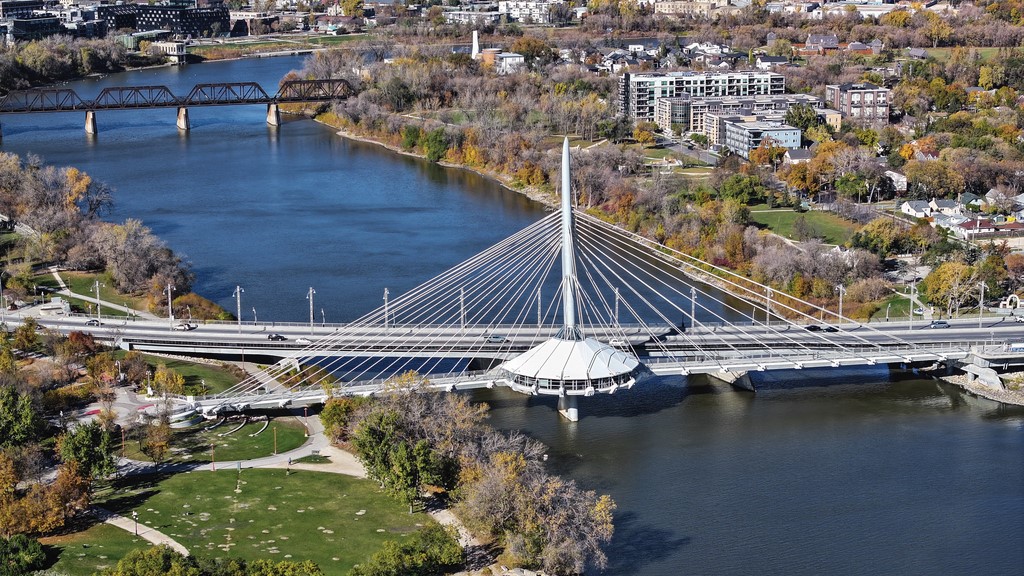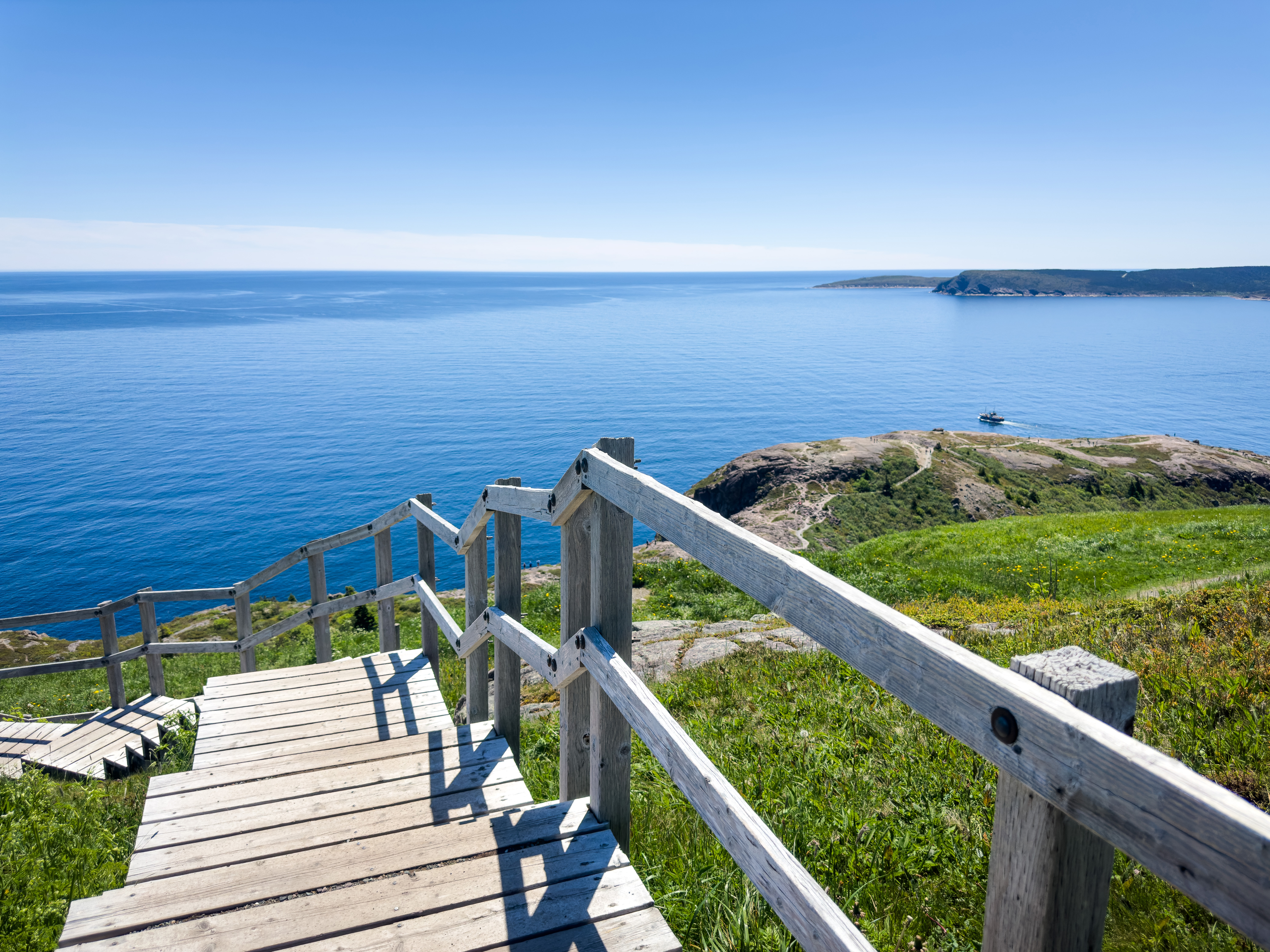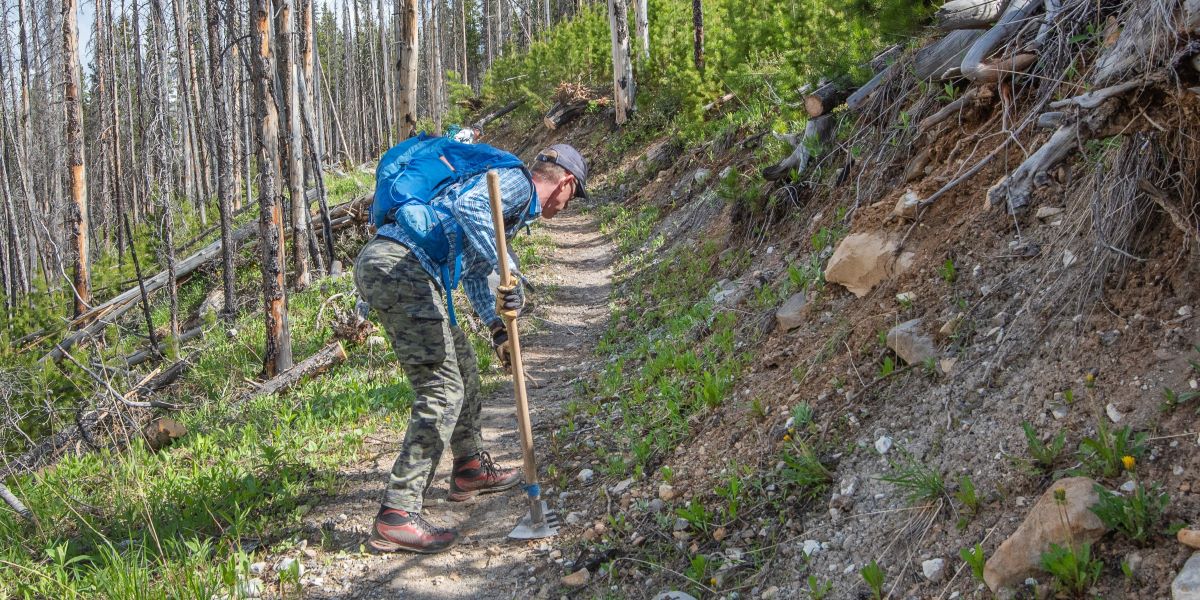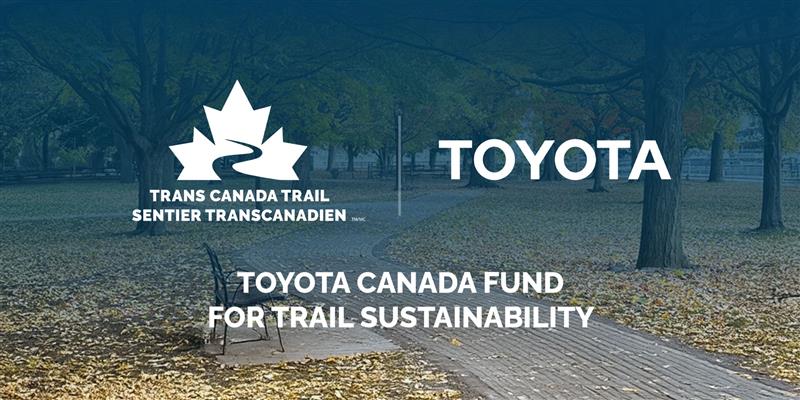Opinion: Nation-Building Needs More Than Steel — Why Trails Belong in Canada’s Infrastructure Plans

This opinion column was written by Mathieu Roy, Chief Executive Officer of Trans Canada Trail, and originally published on National Newswatch
Prime Minister Mark Carney’s first slate of nation-building projects leans heavily on energy and extraction: a doubling of LNG production in Kitimat, small modular reactors in Ontario, an expansion of the Port of Montreal, and new copper and gold mines in Saskatchewan and British Columbia. Together, they promise tens of thousands of jobs and $60 billion in economic activity. These are important projects with potential for big returns.
But the national interest is broader than steel, concrete and export capacity. If we want infrastructure that truly sustains Canadians, we should be looking not only at what moves resources overseas, but also at what keeps people and communities healthy here at home. The Prime Minister himself reminded us of the value of trails in early September, when he completed a 26-kilometre race on the Haliburton Forest Trail. The race underscored how trails already function as infrastructure: they are carefully designed and maintained networks that deliver measurable benefits — economic, environmental and social. Trails may not make the same headlines as billion-dollar energy projects, but the returns they generate are just as real, and often more widely shared.
Economically, trails are heavy hitters. The Trans Canada Trail supports more than 220,000 jobs annually, while generating $13 billion in direct spending. Tourism, outfitting, and small businesses in every province and territory depend on this cash flow. Add to that $1.7 billion in annual healthcare savings and $62.6 million in mental health savings associated with trail use, and it’s clear that investments in trails aren’t just symbolic, they’re fiscally prudent.
Environmentally, trails function as natural infrastructure. The greenspaces surrounding trails preserve habitat and connected corridors for a variety of species. They reduce the risk of flooding by absorbing rainfall and slowing runoff, and they capture carbon that would otherwise contribute to warming. In cities, trail corridors act as natural cooling systems, lowering local temperatures and offering shade during increasingly frequent heat waves. A recent valuation placed these combined benefits at $82 million annually, demonstrating that trails provide services governments would otherwise need to fund through costly engineered solutions. They are also the primary way many Canadians experience nature directly — and that connection is often the foundation for long-term environmental stewardship.
And when it comes to nation-building, few projects come close. The Trail stitches together coast, prairie, forest and tundra; it is a civic project rooted in access to nature, which most Canadians see as integral to our shared identity. In fact, of those asked in a recent poll, 94 per cent of Canadians believe trails are essential for making nature accessible. If infrastructure is meant to connect us, then trails already embody that principle in the most tangible way possible.
Carney has called for speed and ambition with the latest slate of nation-building projects. Both are welcome. But the real test of this moment is whether we can build in ways to expand prosperity while also protecting the ecological and cultural foundations that prosperity depends on.
The Trans Canada Trail can help; it is a rare example of low-cost, high-impact infrastructure. Simply put, federal funding for the Trail catalyzes private donation or funding from other sources. Right now, we’re seeing this in action in Toronto’s Don Valley, where $150,000 invested in the Trail helped to catalyze $14 million dollars in expanded infrastructure, commuter routes and access to nature in Canada’s largest city. Here, modest investments in trail networks ripple outward across three fronts at once. They stimulate economic activity in communities large and small, strengthen environmental resilience, and reinforce the social bonds that make Canada more cohesive. Few projects can claim returns this broad for dollars spent.
A national trail network is a powerful example of nation-building infrastructure. As we prepare for the government’s budget, we can’t lose sight of the other critical infrastructure that sustains our health, strengthens our communities and defines who we are as a country.

















